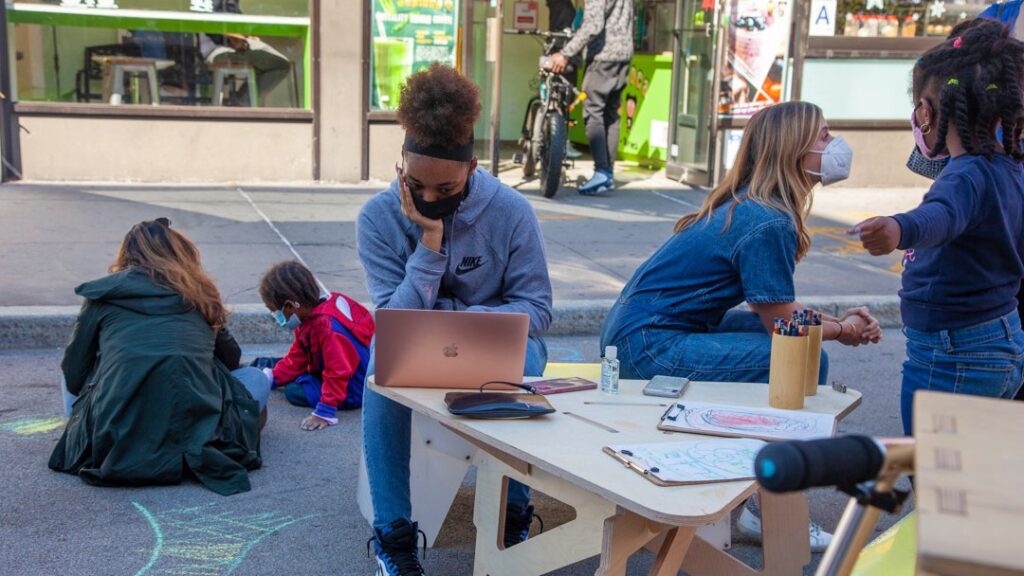Community Schools Helping Underprivileged Students’ Success Rates
Community schools are using what some parents dislike about public education to reengage underprivelaged students and boost their success rates.

Across the nation, parents are losing trust in public education. For some, the biggest reason for this is because they are upset with the rate at which schools are found to be discussing non-academic social justice issues, and identity politics over core common subjects. But on the other hand, a certain type of public school – known as a community school – is using a humanitarian aspect to keep students in impoverished areas engaged and succeeding in school, and so far, it’s working.
Community schools have existed in large urban settings for quite some time. But because it’s hard to measure and quantify these types of schools, they have long gone undiscussed and unnoticed by many citizens. Typically, these public school alternatives act quite similar to their public counterpart, except that they hinge on the community as a joint effort. One community school in San Fernando, CA is proving that by focusing on other aspects of student life, schools are able to keep children in school, and engaged at a higher rate than if they operated under traditional public models.
Instead of focusing on core classes and extracurriculars with a typical six-hour, five days a week structure, community schools operate as a center of life all week long. Youth development programs, family support, health, and social services are typically brought into these school campuses via efforts from other organizations in the local community. Past research has depicted how this school style raises graduation and success rates for kids who normally would fall under the cracks. Now that the pandemic has furthered the gap for underprivileged students in education, community schools might be the best solution for these failing groups.
Students returning to the Social Justice Humanitas Academy community school in San Fernando had an especially difficult time adjusting when returning to school following COVID closures in August of 2021. According to a report from the LA Times, students were suffering for one reason or another. Drug use had increased, mental health and suicidal thoughts were reported at higher rates, and overall, kids were simply not able to focus on school work.
In a typical public school setting, these children would in general continue to fall behind, and many would likely stop going to school altogether. But staff at the Humanitas community school attribute the alternative methods with involved the entire community working together as a reason why school officials were able to re-engage students. Teachers and volunteers spent more time having classroom discussions about how the pandemic was affecting everyone. They communicated on a more regular basis with guardians to reveal what home life was like. It was even found that one of the biggest reasons why many students were missing school was because of having to work, so the school adjusted class schedules to accommodate them.
By the end of that same school year, school attendance was up, and reported drug use was down. The graduation rate that year was nearly 100% at the community school. This success did not go unnoticed, and now schools across California districts are planning to turn to the same school model, under a statewide $4.1 billion investment plan in ramping up community schools.

Hundred of public school campuses, mainly located in high-poverty areas will be converted to the similar community school model that Humanita has used successfully. Obviously, this school model isn’t best suited for every family. But if anything, it proves that for many students, a focus on core academic subjects isn’t enough. Sometimes, you have to meet students at their level first, before transitioning them to become successful learners.



